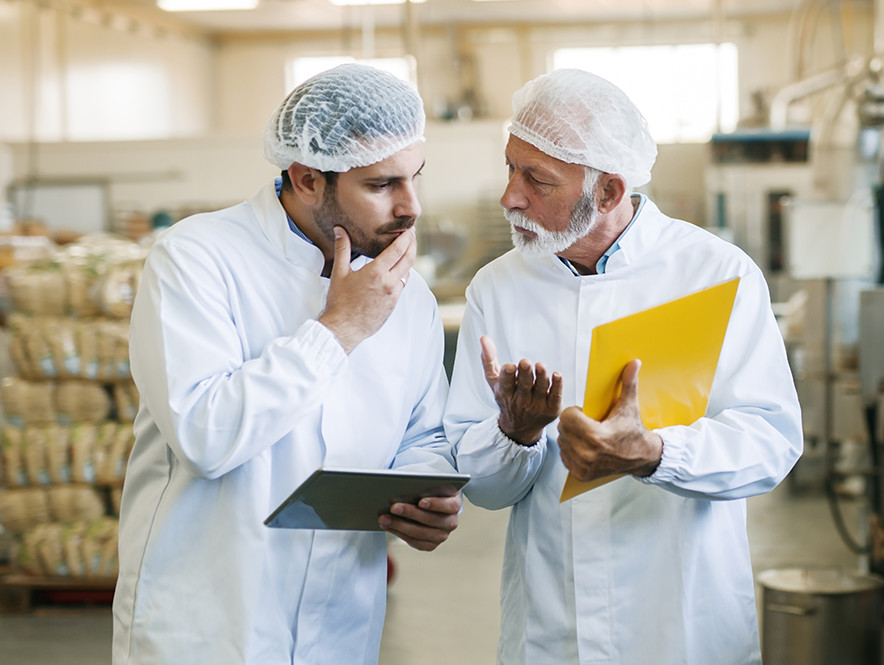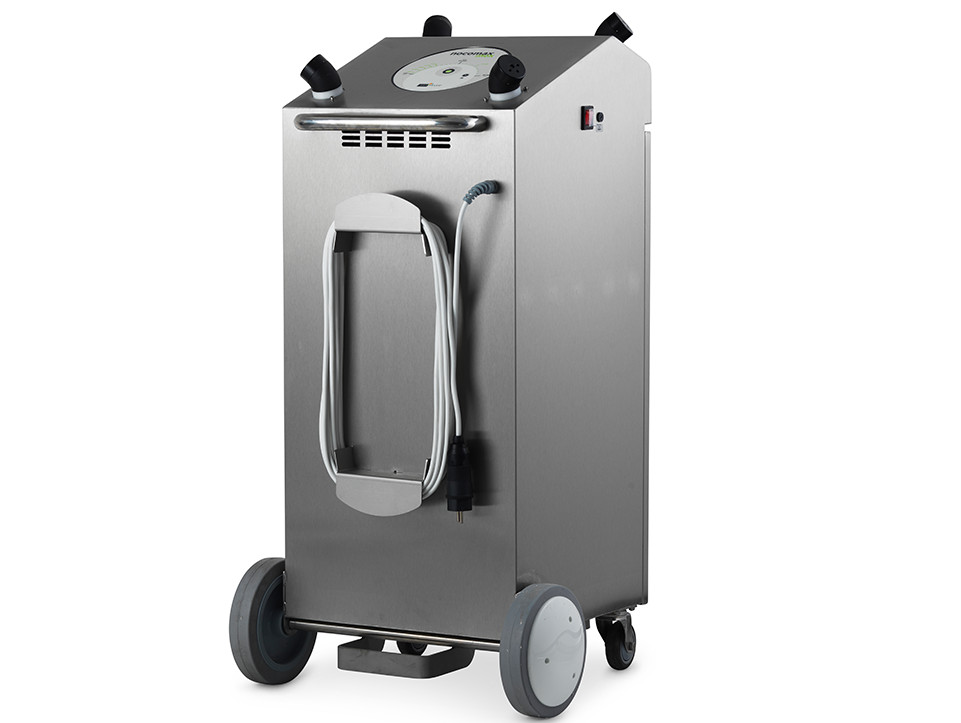
Pim starts a business, in the food industry. He has a great product: fish satay! He has already awakened the interest of a few local restaurants. Now he wants to start professionally. He has found a place to work, bought second-hand equipment, recruited staff and found two guys to do the cleaning (he would have preferred three or four, but two will do... he believes).
But is that really the case? Is Pim's beautiful factory sufficient? Do his second-hand machines have a food-safe and hygienic design, so that they can be thoroughly cleaned? Is that fish satay actually safe to eat? He has to comply with the recently changed Infosheet 85, the NVWA interpretative document on 'Regulation (EC) No. 2073/2005 on microbiological criteria for foodstuffs'. Among other things, it states how many samples he must take and with what frequency, and also what he must do if something is not right. All this is enforced by the NVWA. So Pim has to keep that organisation happy in any case. For an entrepreneur in food, everything revolves around that all-important production. Hygiene and food safety are not always the first priority. Quite strange actually. A lack of them can bring a company to a complete standstill.
Pim's new company must comply with the applicable laws and regulations, imposed by the government. He may also receive questions from the market: about food safety systems such as BRC, IFS, ISO 22000 and IFCS, for example. Pim has to invest in them, because such a system must be set up by an expert and must be kept up to date (who does that, Pim?). The annual unannounced audit also costs a lot. But it is worth it: such a system guarantees hygiene and food safety in a company.

After a year, Pim has things well under control. Business is going well, the company is growing and the employees are enjoying themselves. But after a while production starts to take a turn for the worse. A sample was taken and Listeria monocytogenes was found in his production hall and in his product. How on earth did that happen? Where are the bacteria? Fortunately, his BRC system works well. Pim knows exactly which batches have gone where. He recalls them immediately. It costs him a pretty penny. And, perhaps even worse, his customers are worried.
Pim consults with his cleaners. Well, that one, because the other one has been ill for a fortnight. He would have liked to find a replacement, but good cleaning staff are scarce. So he left it at that. Together with the non-sick employee, he goes through the cleaning procedure. It says: 'Rinse all equipment and machines, workbenches, etc. in the production area. Pull the physical parts to the pit with a squeegee, pick them up and throw them away. Then foam everything with a good cleaning agent, leave for 15 minutes and rinse again. Draw the cleaning water to the pit. Then spray all parts that come into contact with the product with the disinfectant, leave for 20 minutes and rinse well. Dry the floor with the squeegee. Pim now wonders whether this procedure was carried out properly, especially since that one man had to do everything on his own. He admits that not everything was done with the same precision. Sorry.

The Nocotech disinfection system
Pim engages an external cleaning company. They clean and disinfect everything very thoroughly. But unfortunately, the lab results remain positive for Listeria. Pim is frustrated. Finally, a specialist from the lab comes and takes a lot of samples in different places. The results show that the source of the contamination lies in the evaporator in the production area. Contaminated water dripped from there: onto the floor. The cleaners use tractors to move the Listeria throughout the production area. Pim scratches his head. How can he prevent this? The answer: something has to change!
1. Clean your evaporator and repair the leak.
2. Keep the 2 men for cleaning. Do not add a new cleaner.
3. Do not let those 2 men disinfect more; only really good and thorough cleaning.
4. Automate your disinfection step.
Take an automated Nocotech disinfection machine. With Nocotech you need less personnel, it is automated. And the dry vapour produced is everywhere. On the floor. On the tractors. And also in the evaporator. The dry vapour is 17 times more powerful than disinfectants in liquid form. So no Listeria bacteria have a chance to grow. Which is great for the entrepreneur Pim.
Beeld: ©PETKOVIC/SHUTTERSTOCK.COM
Source: Vakblad Voedingsindustrie 2021